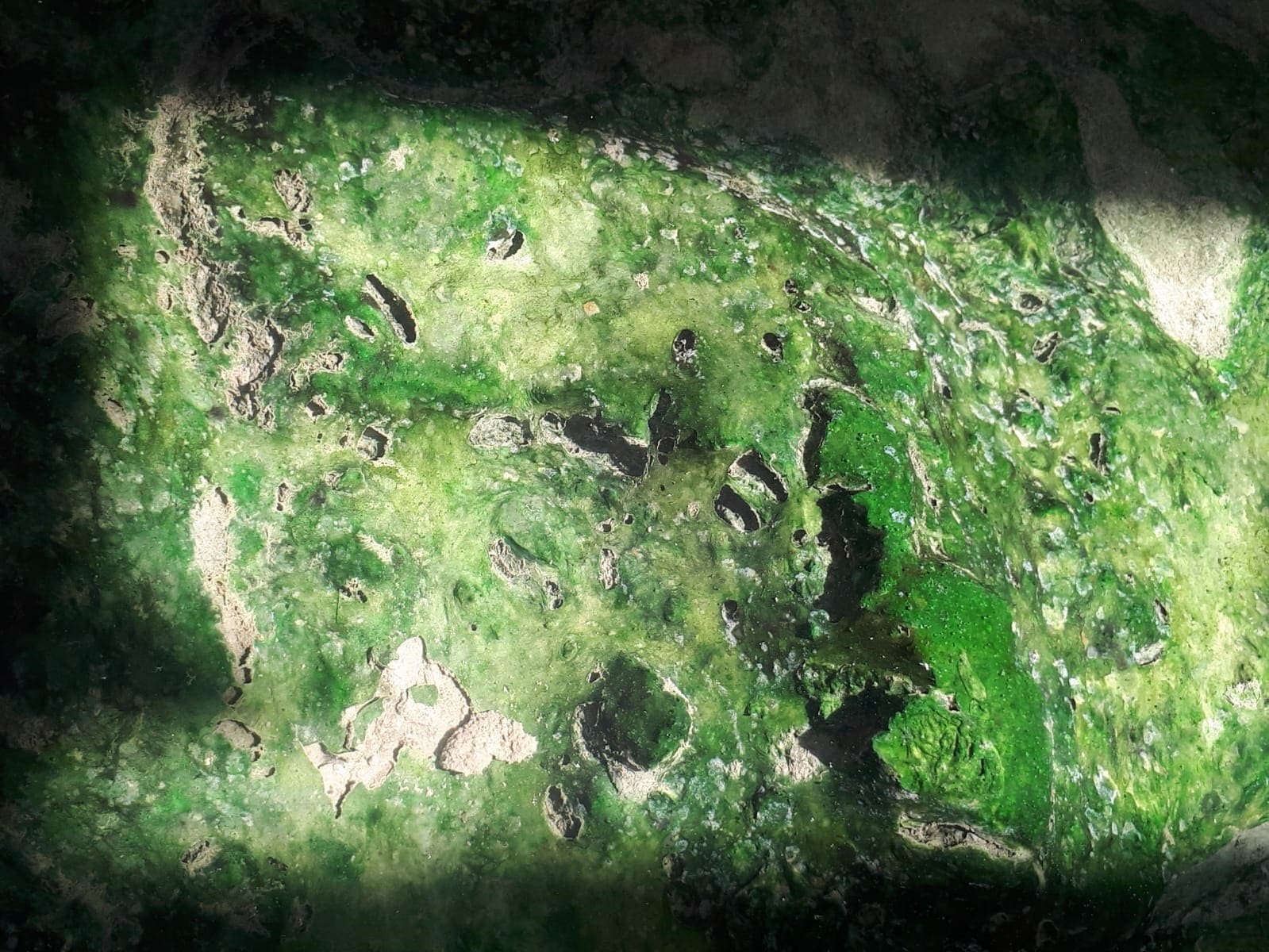
The microbiota of extreme environments: Extremophiles
Extreme environments are widespread worldwide and include hydrothermal vents located near, for example, volcanically active areas or oceanic ridges, glaciers and permafrost, hypersaline and acidic habitats, environments exposed to radiation or high pressures. The biodiversity of microorganisms in these habitats, although limited, is characterized by species belonging to all domains of life that have developed strategies to live in these otherwise uninhabitable environments (Shu e Huang, 2022).
These organisms are referred to as extremophiles: as suggested by the suffix ‘-philia’ from the Greek ‘friendship, love,’ extremophiles require one or more extreme conditions (limiting values of temperature, pH, and salinity) to grow, whereas extremotolerant organisms grow under normal conditions but can also withstand more severe physicochemical parameters.
The study of extremophiles can be interesting in various fields (Raddadi et al., 2015):
- Biomedical, due to the identification of molecules or enzymes that these organisms use to survive in hostile environments, such as the production of biocompatible bioplastics.
- Pharmaceutical, with the development of compounds capable of functioning under specific temperature or pH conditions, such as antibiotics or anticancer molecules.
- Biotechnological, by obtaining enzymes that can function at high temperatures, such as DNA polymerase used in one of the most common laboratory techniques, PCR.
- For the production of biofuels, considering that various stages of production involve the use of high temperatures and extreme pH conditions, for example, the production of biodiesel by algae that can grow in high salinity conditions.
- Food industry, through the extraction of molecules that serve as additives, such as the antioxidant β-carotene, or thermostable enzymes for food processing, for example, the addition of lactase enzyme for the preparation of lactose-free dairy products for lactose-intolerant individuals.
Extremophilic Cyanobacteria
The environment represented by the Euganean mud can also be considered “extreme” because of the temperature of the thermal water used in the maturation process, which leads to the growth of green biofilm on the surface of the mud. Among the microorganisms that thrive in this characteristic environment, we find cyanobacteria, bacteria capable of tolerating even extreme conditions.
Cyanobacteria are adapted to live in extreme environments characterized by physical or chemical parameters that would be prohibitive for most living organisms: low temperatures (from -2 to 20°C), high temperatures (higher than 45°C), acidity or alkalinity (pH less than 4 or greater than 8), high salinity, high levels of UV radiation, high concentrations of heavy metals, or low nutrient availability. It should be noted that some natural environments exhibit multiple extreme parameters simultaneously; for example, several hypersaline lakes are also highly alkaline, and thermal springs (with high temperatures) can be acidic or alkaline. Organisms that grow in these environments tolerate multiple extreme factors, which is why they are called polyextremophiles (Waditee-Sirisattha et al., 2022).
